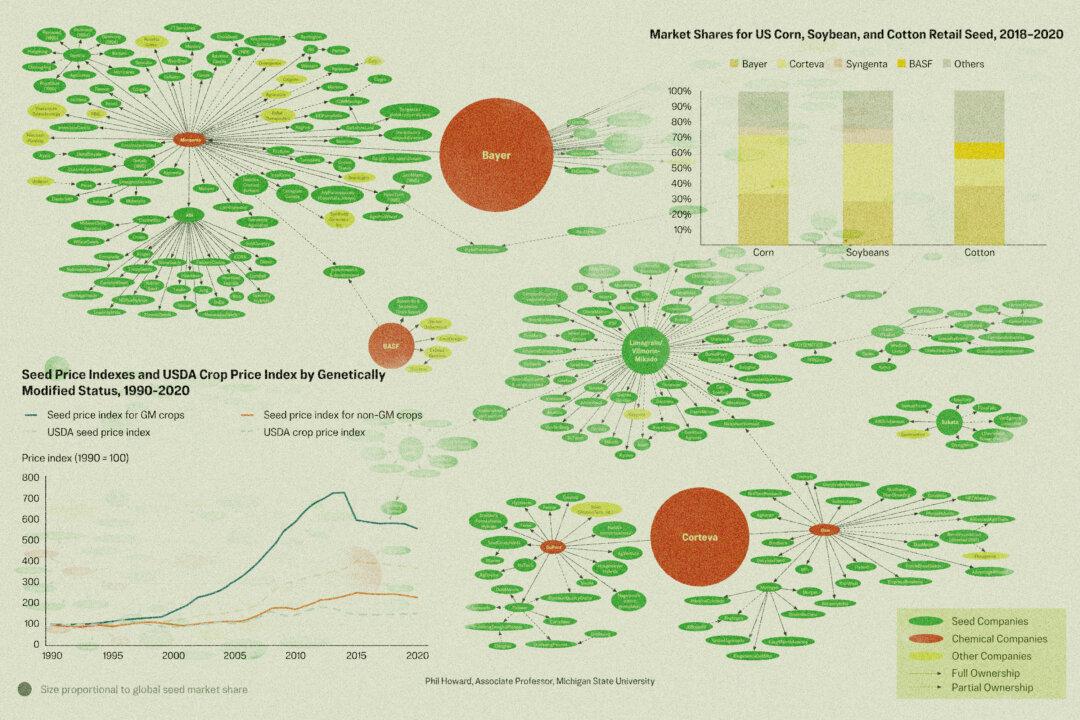Fishermen are catching a lot more than seafood in their nets this year due to ongoing tariffs resulting from the U.S.-China trade war and sky-high inflation. The resultant effect has crippled the majority of America’s seafood industry by making it less competitive.
Much of this is due to the amount of offshore processing done in China after the fresh catch is scooped up out of U.S. waters. The duty rates affect multiple varieties of fish, like salmon, tilapia, and tuna, along with shellfish species like crab and shrimp.





